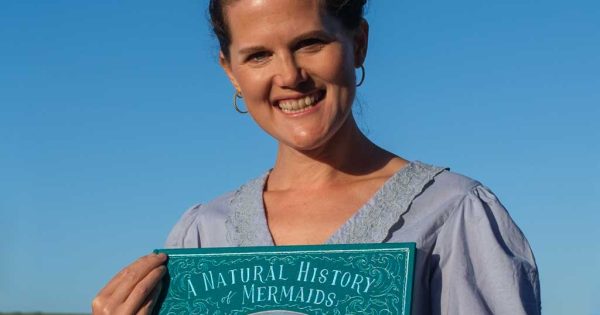This month’s coffee-break interview is with children’s author Emily Hawkins.
We talk about her childhood autobiography and underwater pogo-stick jumping; as well as her new book titles.
For those who are yet to discover your books, what three words best sum up Emily Hawkins?
I’ll go with curious, positive and tenacious.
And my helpful ten-year-old has chosen three words that she thinks best describe my books: exciting, enchanting and informative.
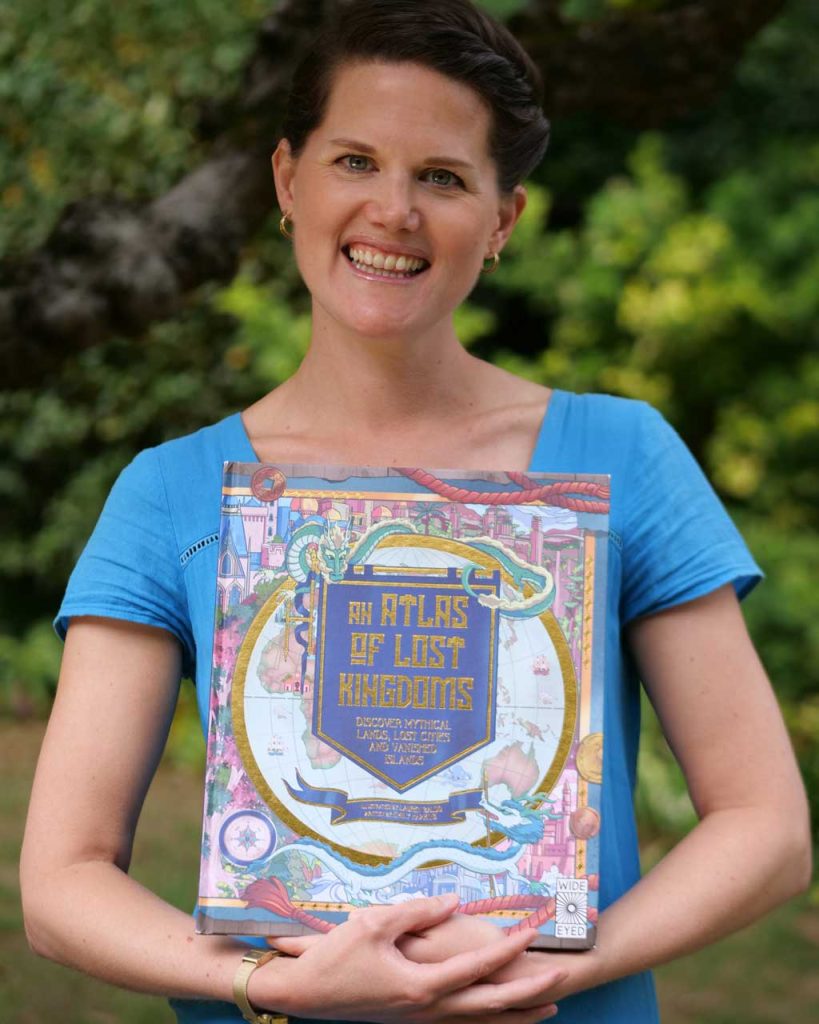
My helpful ten-year-old has chosen three words that she thinks best describe my books: exciting, enchanting and informative.
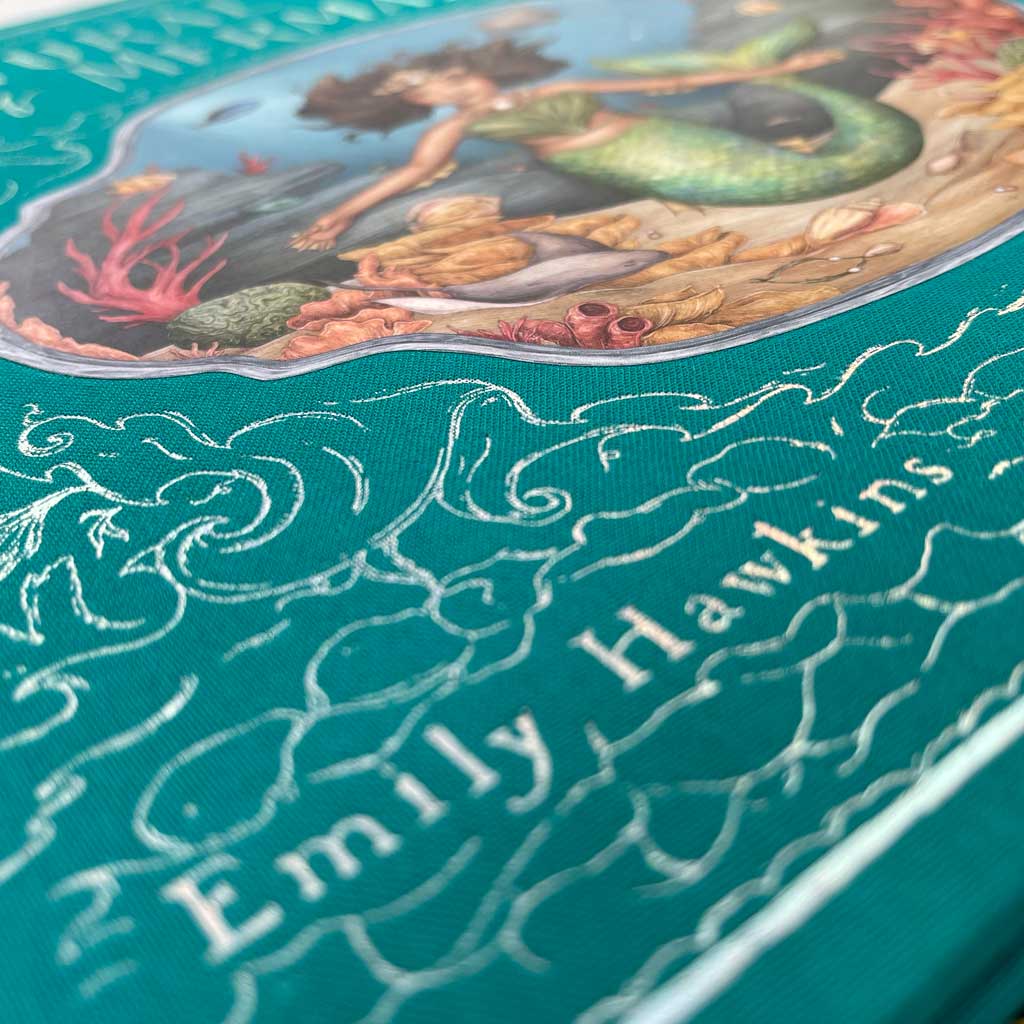
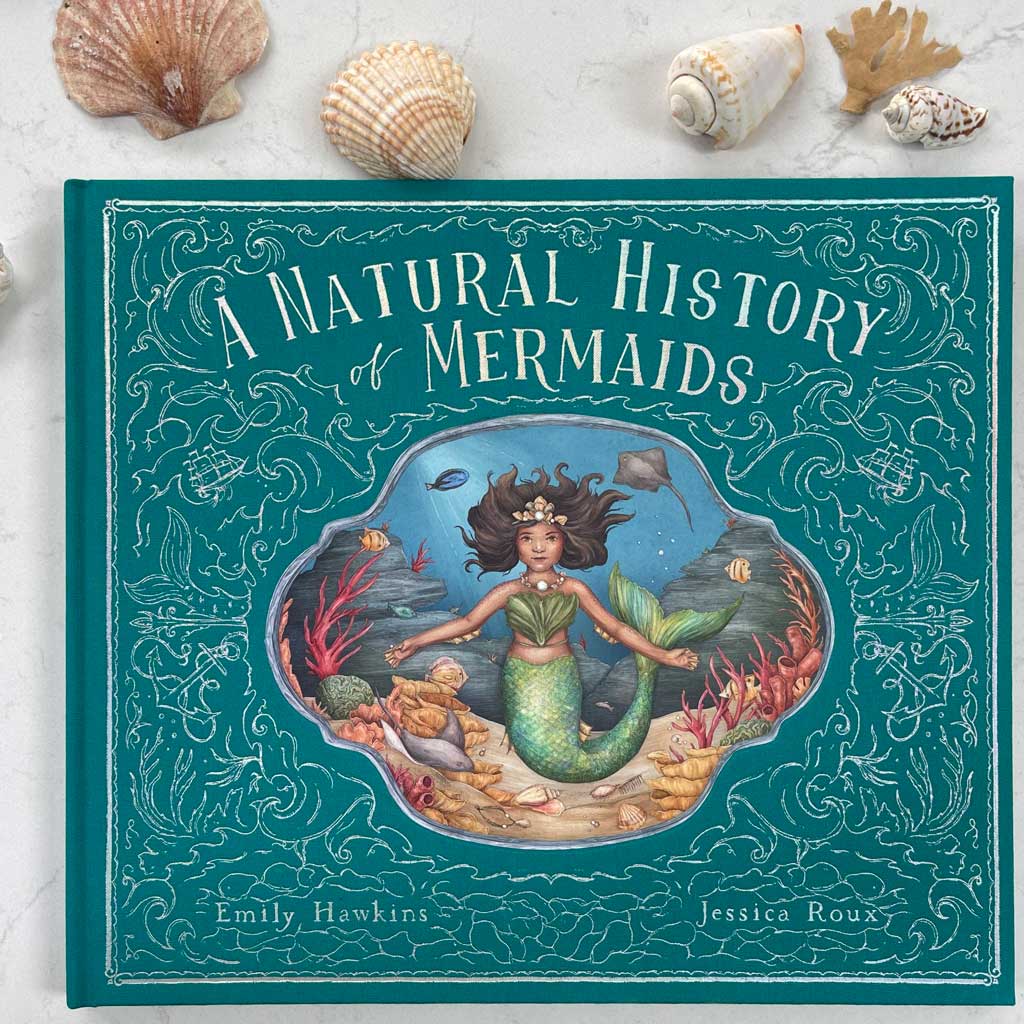
When you were growing up, were you a keen reader? Who was your favourite writer?
Yes, I was an unashamed bookworm.
My mum was an English teacher and my aunt was a schools’ librarian (travelling around in a library bus). Our house was always well stocked with books.
I loved historical fiction and anything related to the idea of going back in time. Tom’s Midnight Garden by Philippa Pearce and Moondial by Helen Cresswell. Plus A Traveller in Time by Alison Uttley were particular favourites.
I was also big a fan of Penelope Lively, Susan Cooper and Alan Garner.
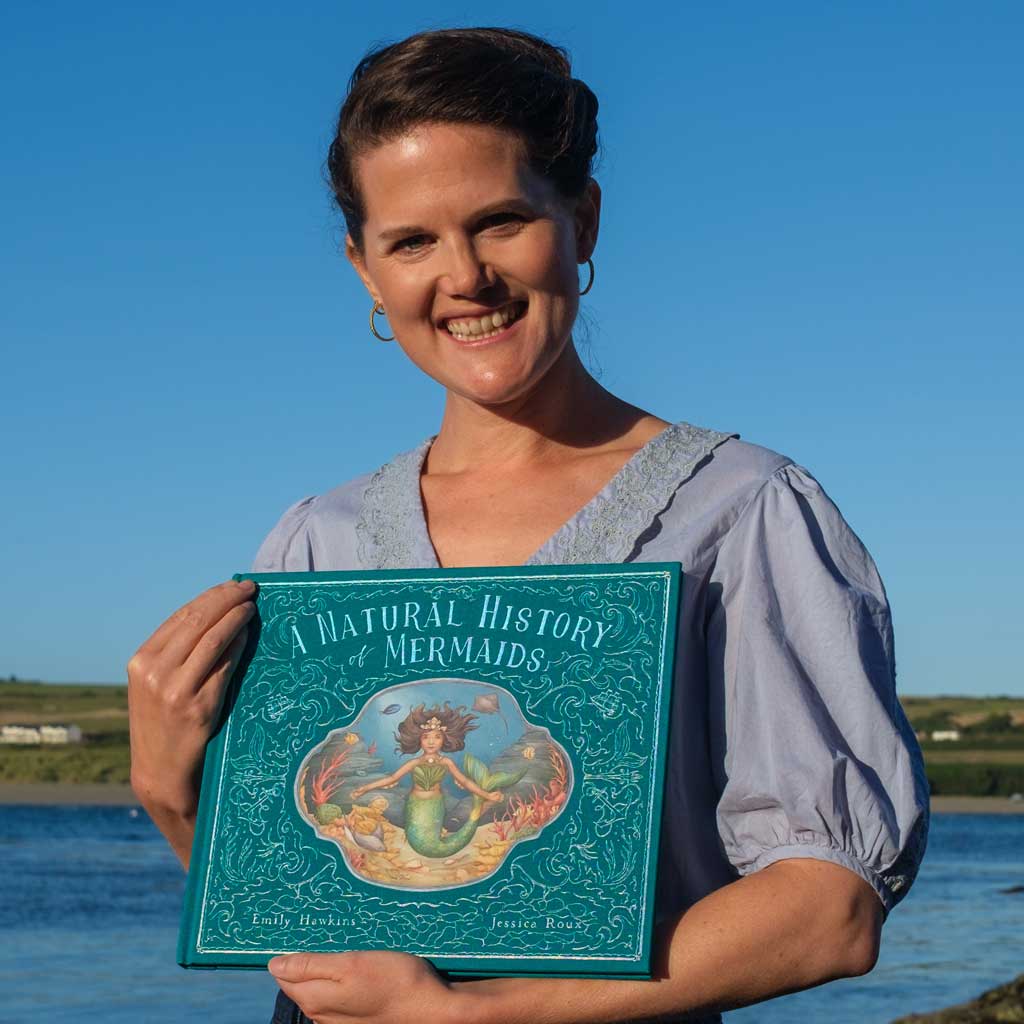
Did you always plan to be a children’s author? Or has your career path taken you by surprise?
I wouldn’t say I planned it in the strictest sense. But in my painfully cringy childhood autobiography – Emily Hawkins: My Life (!) written when I was nine and for some bizarre reason never thrown away – I did say I wanted to be an author or a publisher.
I didn’t have a plan for making it happen though!
When I left university I was lucky enough to land a job with a children’s publisher as an editorial assistant, which was a brilliant way in.
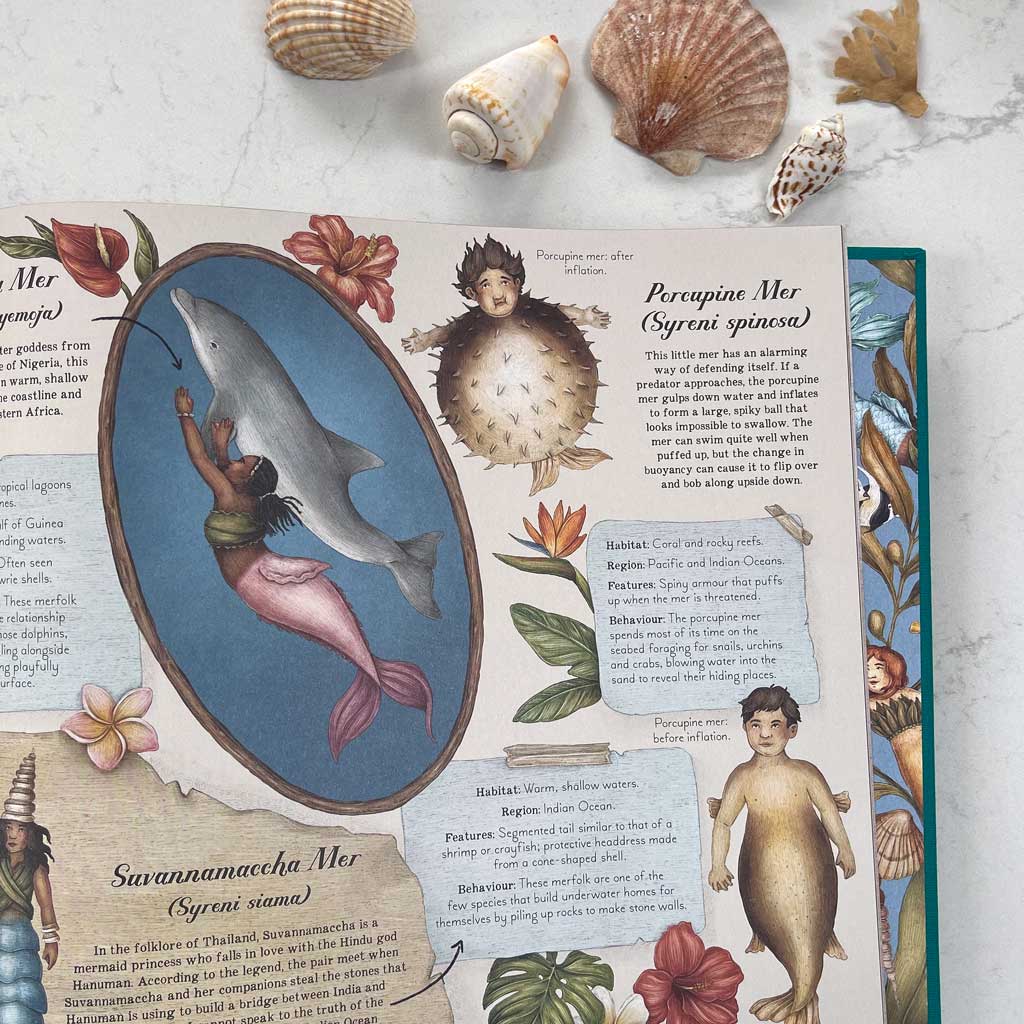
Notebook or laptop?
Laptop for the words, but I use a notebook to sketch layout ideas.
My scribbles are very basic, but when you’re writing text for illustrated books it helps to have an idea of how the visuals could work.
From atlases to natural history, a lot of your books have a real science-based feel, twinned with a little magic and whimsy, which is a real dichotomy! How do you come up with the ideas for your books?
With these kind of highly illustrated or novelty books, often it’s actually the in-house editors who come up with the original idea, then they commission an author and an illustrator.
I’ve been extremely fortunate to have been asked to work on some beautiful books. The ‘Spin to Survive’ series was dreamed up by the editor Katy Flint, and the original book in the ‘Folklore Fieldguides’ series, A Natural History of Fairies, was the brainchild of the then-publisher at Frances Lincoln, Rachel Williams.
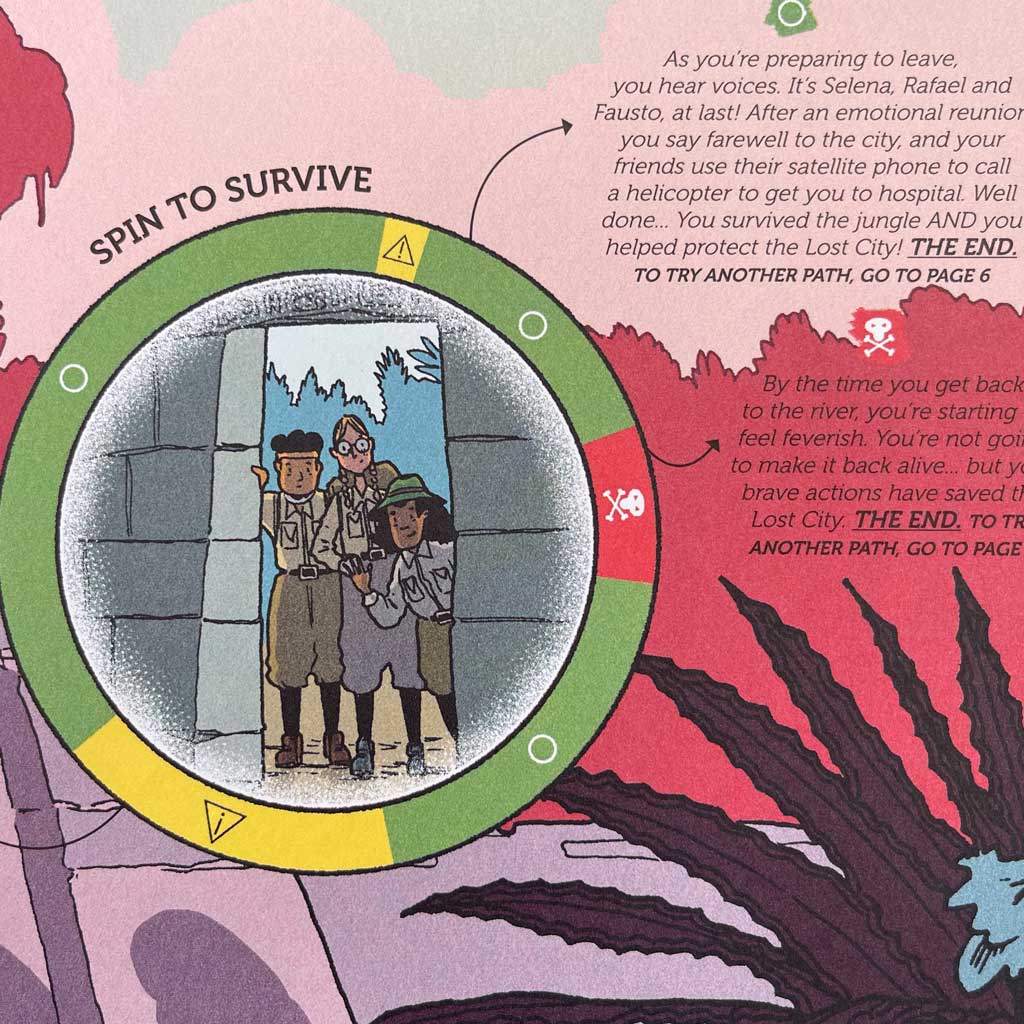
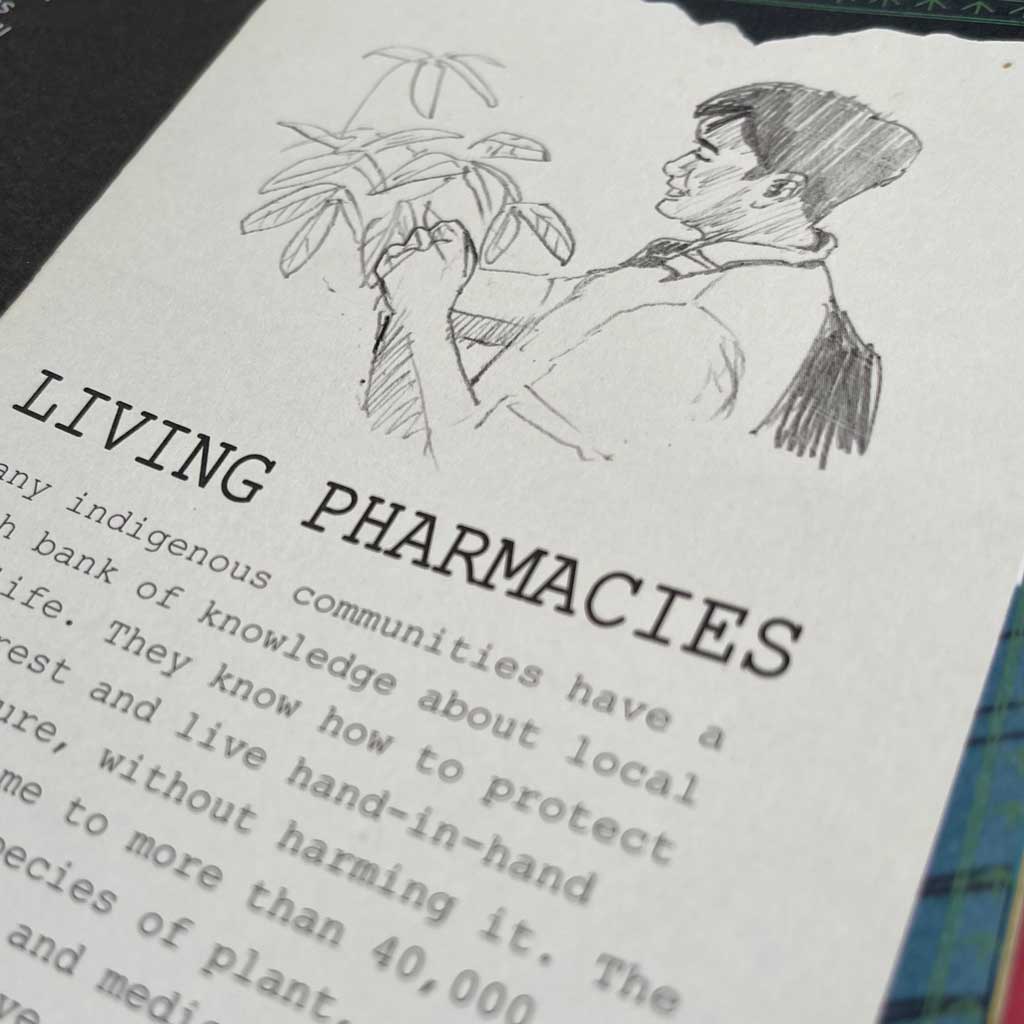
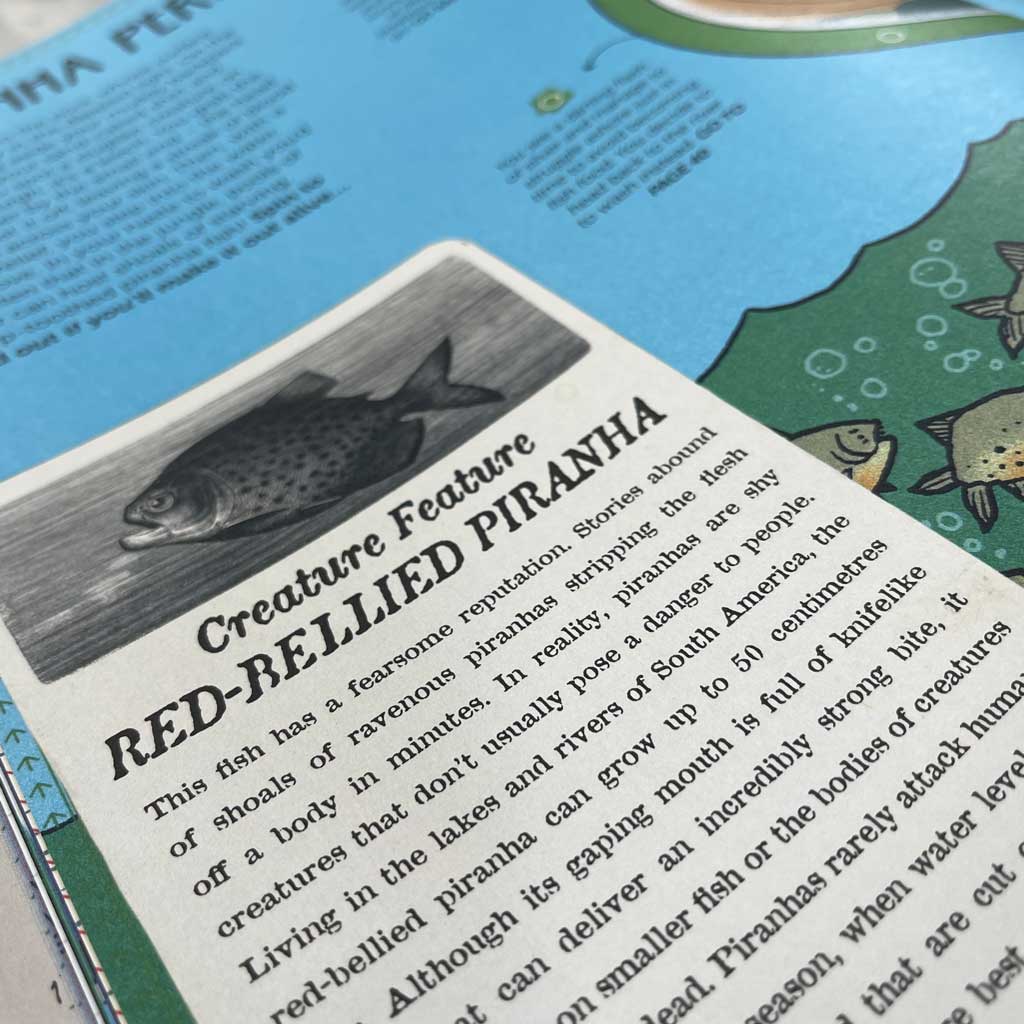
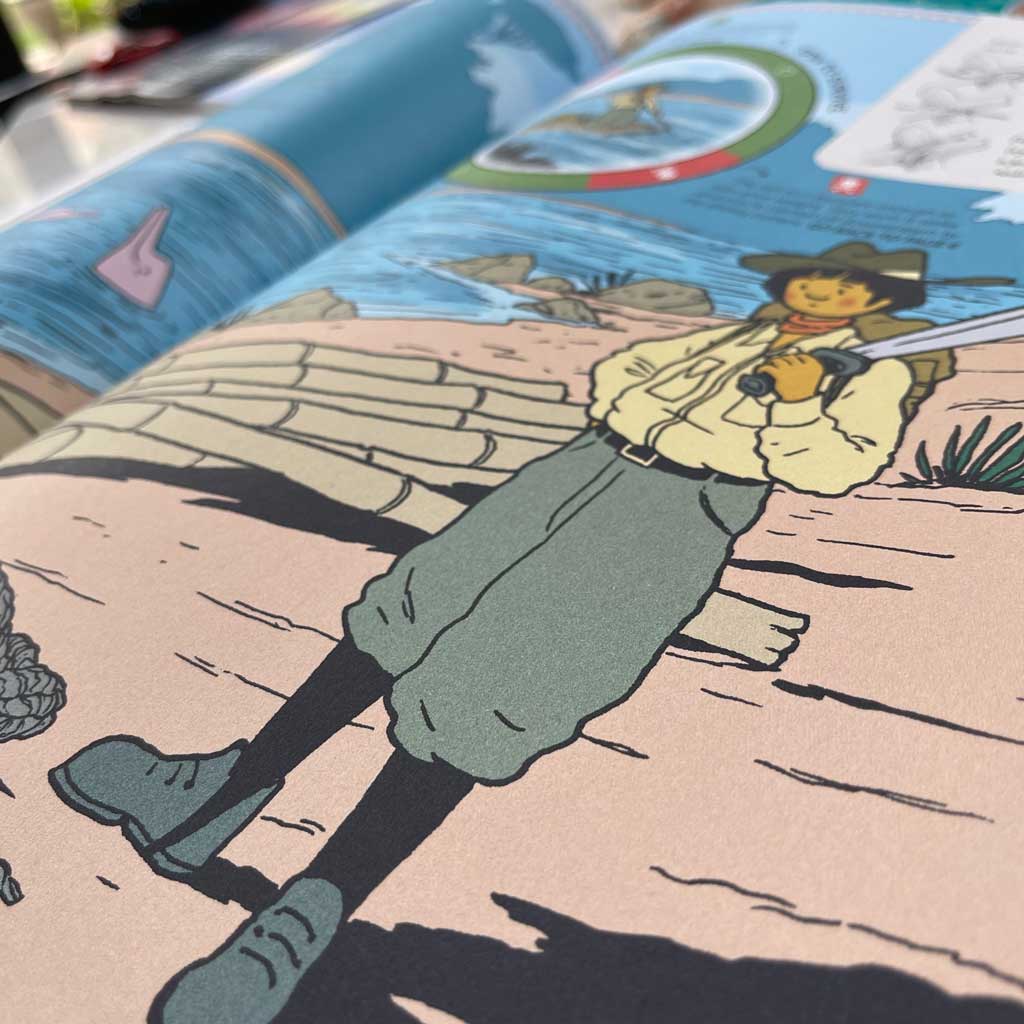
As soon as I finished work on the fairy book, the idea for A Natural History of Mermaids started niggling away at me.
I wanted to give the book a fictional author who was a marine scientist from the Victorian era, and when I started researching the history of oceanography, I soon found out about the voyage of the Challenger, which set sail in 1873.
This ground-breaking expedition is famous for laying the foundations of modern ocean science.
What a perfect setting, I thought, for my mermaid expert to carry out her research! After that, the fictional sub-plot just fell into place.
You’re right that lots of my books are hybrids, blurring the boundaries between fiction and non-fiction, or fact and fantasy.
I hope that the scientific approach – talking about mermaids in terms of habitats, life cycles and so on – adds to the magic and makes it all more believable.
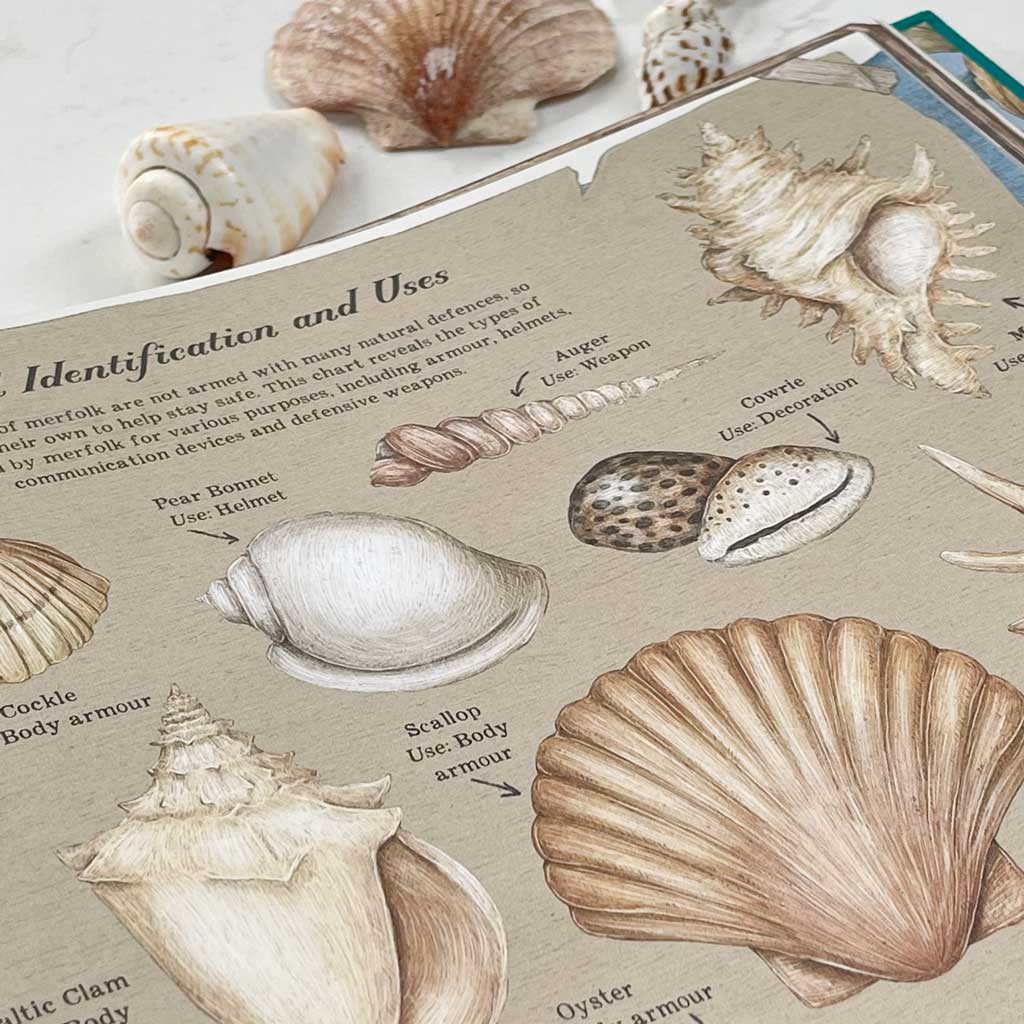
You have a real knack for taking complicated topics and making them fun and easy to understand for children. The subject matter for each ‘ology’ book must be vast! How do manage this process?
I love this process – amassing a lot of information and then distilling it down to its essence.
I think my previous job as an editor really helped with this: when I was working in-house I had a lot of practice at taking quite complicated material and making it accessible for children.
When I’m planning a book, one way of filtering out the golden nuggets is to think about which subjects will work best from a visual point of view: if you can imagine a beautifully illustrated scene, then you know it will be appealing for young readers.
You’ve given us frozen mountains and now deadly jungles — do you have any more Spin to Survive books to add to the collection?
Yes indeed! We’re currently working on Spin to Survive: Pirate Peril, which is very exciting! It’s due out in 2023. I was a big fan of the Choose-Your-Own-Adventure books when I was young, so being involved in this adventure-gamebook series is an absolute dream.
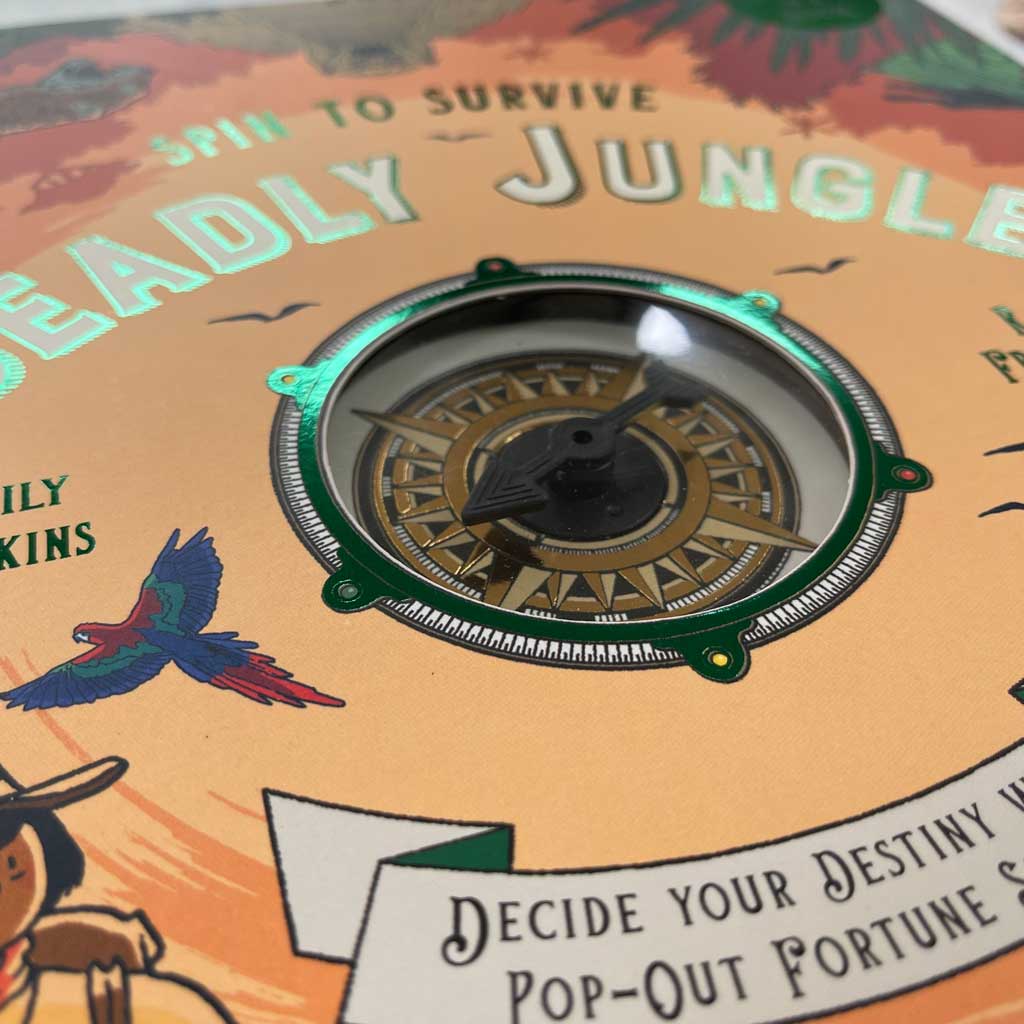
Of everything you’ve ever written — both published and non-published work — what are you most proud of, and why?
Well, it’s definitely not Emily Hawkins: My Life!
I’ve written a lot of books over the years, so it’s really tricky to choose…
I think I’d have to say A Natural History of Fairies or A Natural History of Mermaids, because writing them was more creatively demanding than my straight non-fiction projects.
An Atlas of Lost Kingdoms is also very close to my heart, and so much work went into it.
Do you enjoy the process of gathering together genuine facts for your books, as much as you enjoy writing the fiction elements?
Absolutely. One of my favourite things about this job is that you’re constantly learning.
Anyone analysing my search history to try and pigeon-hole me for marketing purposes would be very confused!
One day I’ll be researching how a jet engine works, the next I’ll be finding out about the Aztec underworld. The next I’ll be investigating the world’s most poisonous creature; or the person who holds the world record for holding the most world records!
(It’s the American Ashrita Furman: in total he’s set more than 700 records, including ones for underwater pogo-stick jumping, catching ping-pong balls using chopsticks, extinguishing blowtorches with his tongue and balancing a lawnmower on his chin.)
What would your superpower be? Or do you have a human quality that you consider to be a superpower?
Ha, this is actually one of my husband’s favourite topics of conversation, so I’m pretty well versed in the pros and cons of flight versus telekinesis versus shapeshifting…
I think, on balance, I’d choose shapeshifting as there’s so much potential – and I’ve love to be a soaring eagle or an albatross for an afternoon.
In terms of actual human qualities, I do find it quite easy to really focus and immerse myself in my work for long periods; always handy when deadlines are looming.
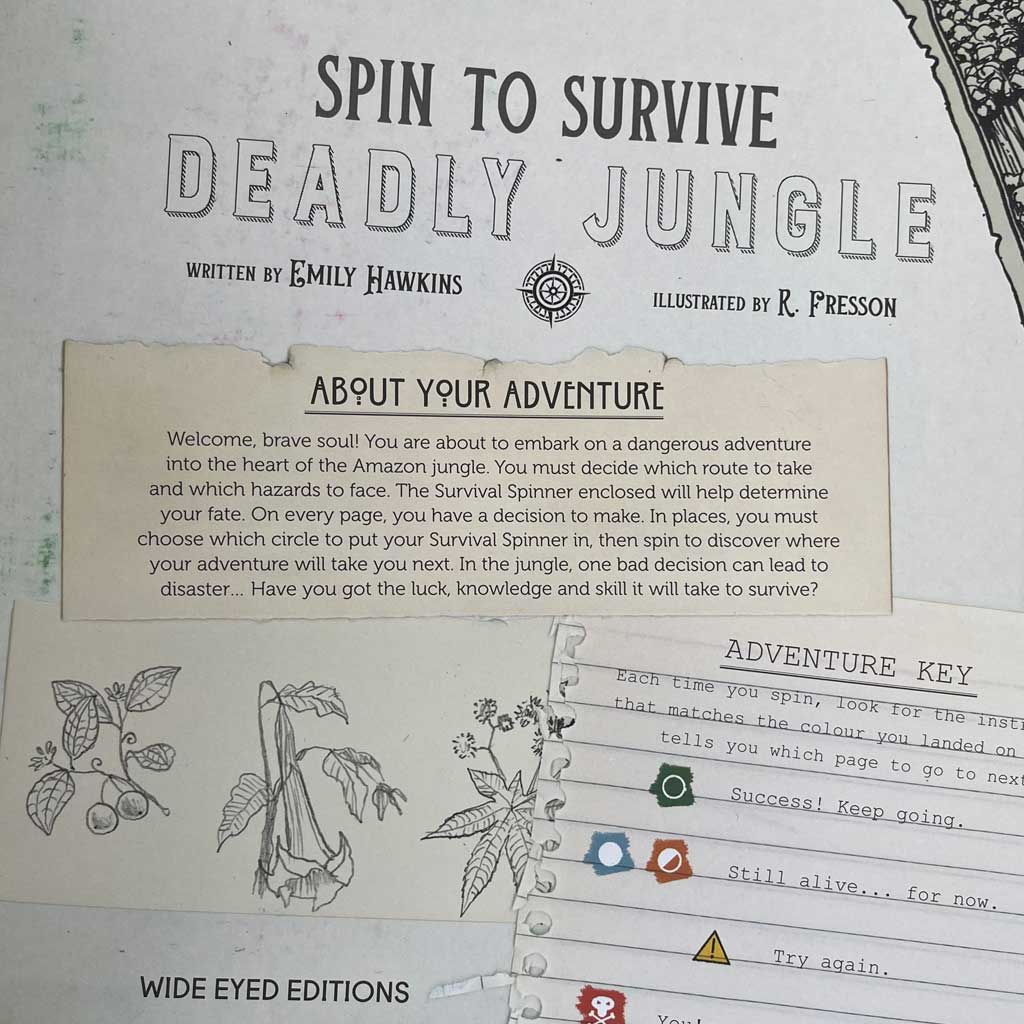
What do your fans have to look forward to in the coming months/year? Do you have any more books in the pipeline?
This year is a bumper one for me, with four books about to be published:
A Natural History of Mermaids, Spin to Survive: Deadly Jungle, An Atlas of Lost Kingdoms and Shine Your Magic Torch: Dinosaurs and Prehistoric Beasts.
Next year, as well as Pirate Peril, A Natural History of Magical Beasts is on the way, and I’m enjoying working on another myth-and-folklore based atlas as well.
Finally, one last question… Fairies or Mermaids?
I’m fickle… at the moment I’m all about the mermaids!
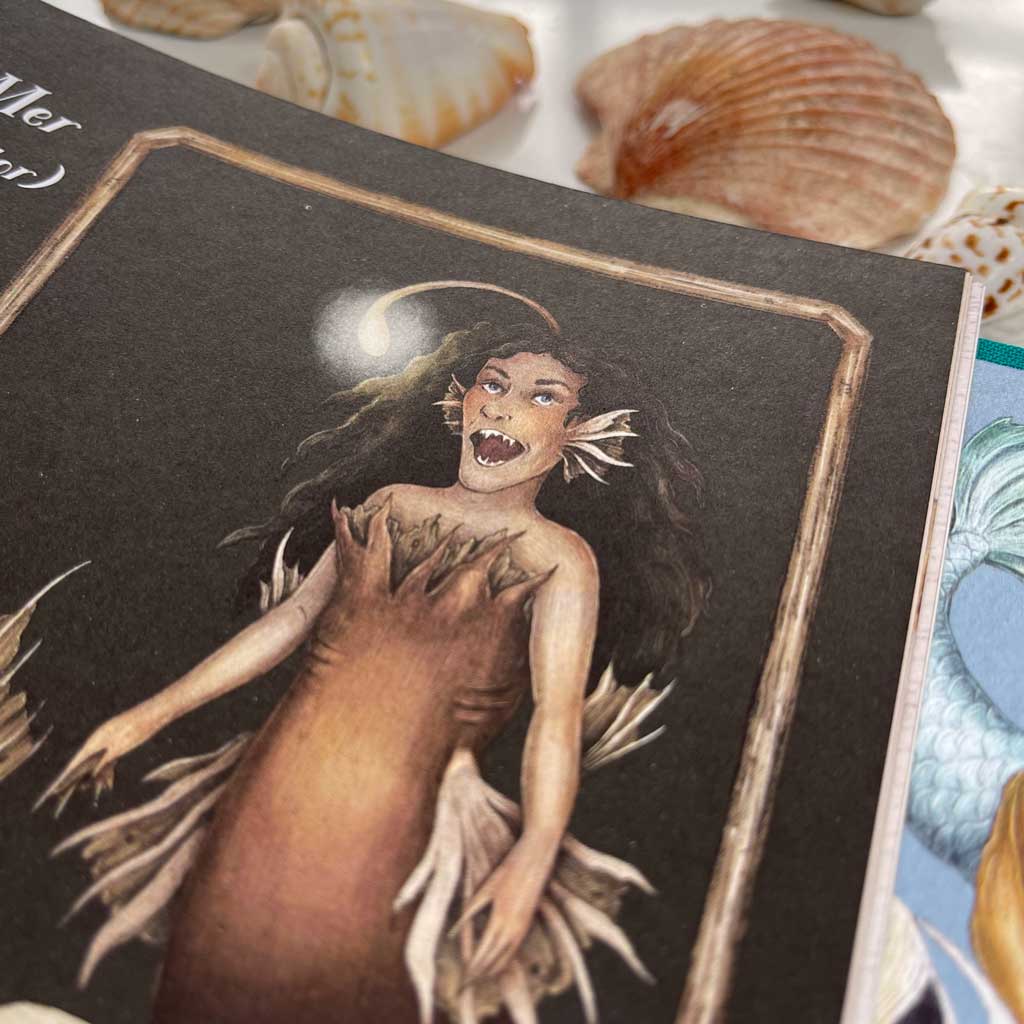
_______________________________
We really enjoyed this month’s A Coffee Break Interview with children’s author Emily Hawkins.
Thanks for taking the time to talk to us Emily! It was lovely really enjoyed finding out a little more about you.
Emily’s books are available to buy now or pre-order from Waterstones
Next month we interview anthologist, food writer and children’s author Ella Risbridger.

